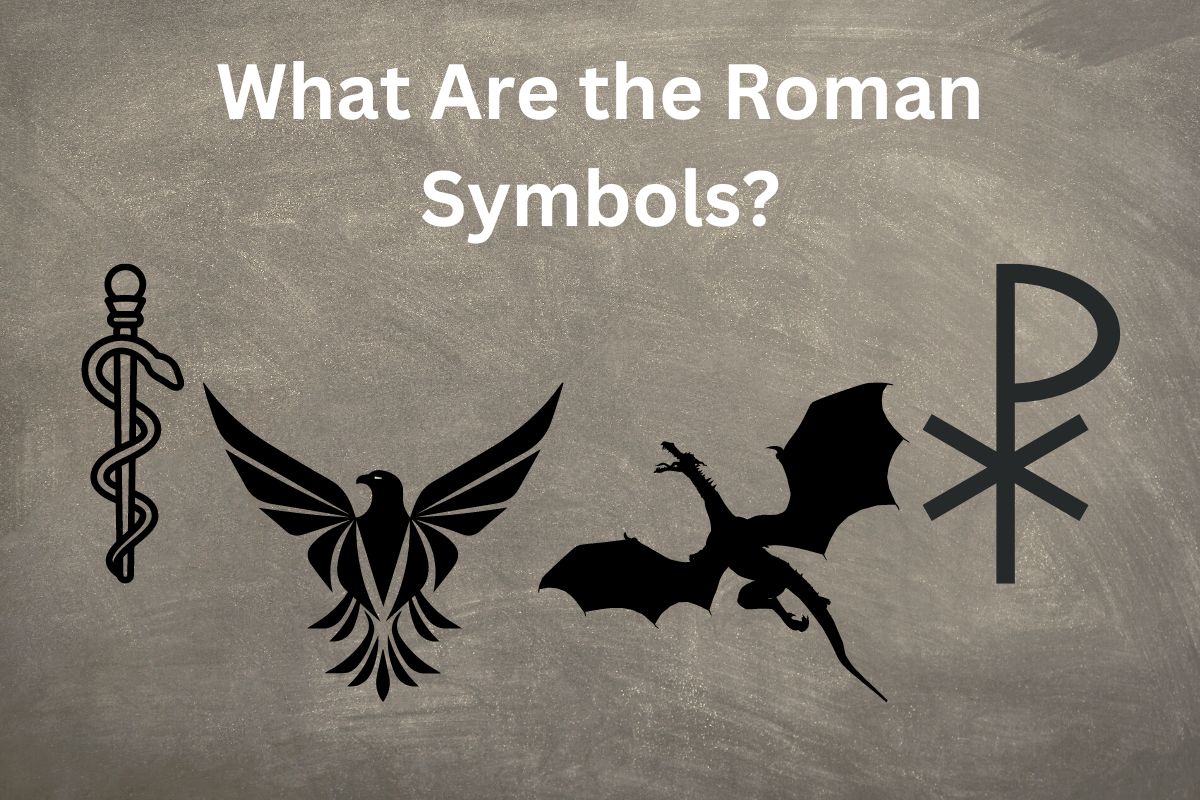Ancient Rome is a city with a rich cultural heritage. The Roman civilization had many symbolic representations of Roman Gods in sculptures, currency, amulets, etc. Roman symbols link back to ancient Republican times. Many of these symbols are still in use, while others continue to have an influence on various symbols today.
What Are the 7 Roman Numerals?
The Roman numerals are popular number symbols we use even today. The Roman numerical system has seven main symbols:
- I: 1
- V: 5
- X: 10
- L: 50
- C: 100
- D: 500
- M: 1000
The symbols are placed on either side of each other to denote other numbers in the Hindu-Arabic numerical system. A symbol adds to the value when placed on its right side and subtracts from the value when placed on the left.
For example:
XI is 10 (X) + 1 (I) = 11
IV is 5 (V) – 1 (I) = 4
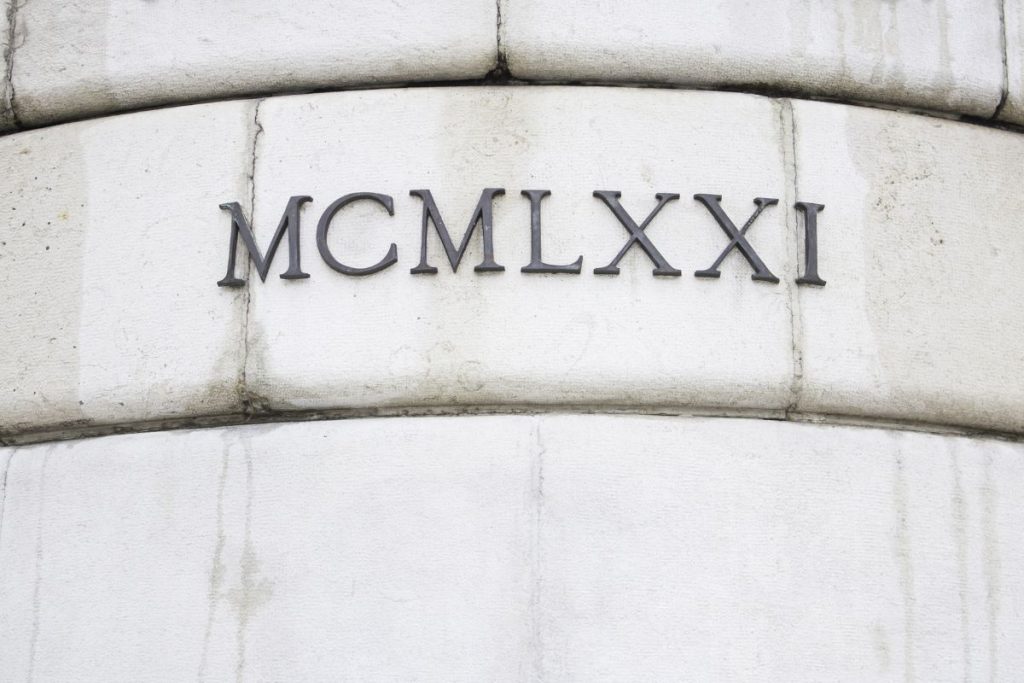
What is the Animal Symbols of Rome?
The Aquila (Eagle)
The eagle is a symbol of the Roman Empire. The Aquila perches on the top of SPQR, with its wings stretched on the sides. The original symbol had other animals like the wolf, boar, horse, and an ox with a human head.
However, after the defeat in the Battle of Arausio, Gaius Marius changed the Roman army. The other animal symbols were removed. Years later, it took Augustus to retrieve the standards of the Roman army.
That said, Augustus had to beg the Parthians to return. He tried again to retrieve the lost standards after the Romans lost to the Germanic tribes. The standards were recovered in 41 AD during the reign of Claudius. The Aquila was the symbol of Rome even after Christianity took over in the 4th century AD during Constantine I’s rule.

The Lupa (She-Wolf)
The she-wolf (Capitoline wolf) symbolizes Rome and the Roman Empire. The story goes that King Numitor was dethroned by his brother Amulius. He also ordered the grandchildren, Romulus and Remus, the twins, to be thrown into the Tiber. The man entrusted with the task couldn’t kill innocent kids and left them on the riverbank.
Lupa, the she-wolf, rescues the children and takes them to her cave. Later, Faustulus, a shepherd, sees the twins suckling milk from the she-wolf and takes them home. The twins grow up with the shepherd’s family and return to Alba Longa to take revenge and get back to the throne.
Modern studies reveal that Lupa is a Latin word meaning she-wolf and prostitute. Ancient Romans brothels were called Lupanars or wolf-dens. So, it is more likely that Lupa, a prostitute, saved the twins, not a she-wolf.
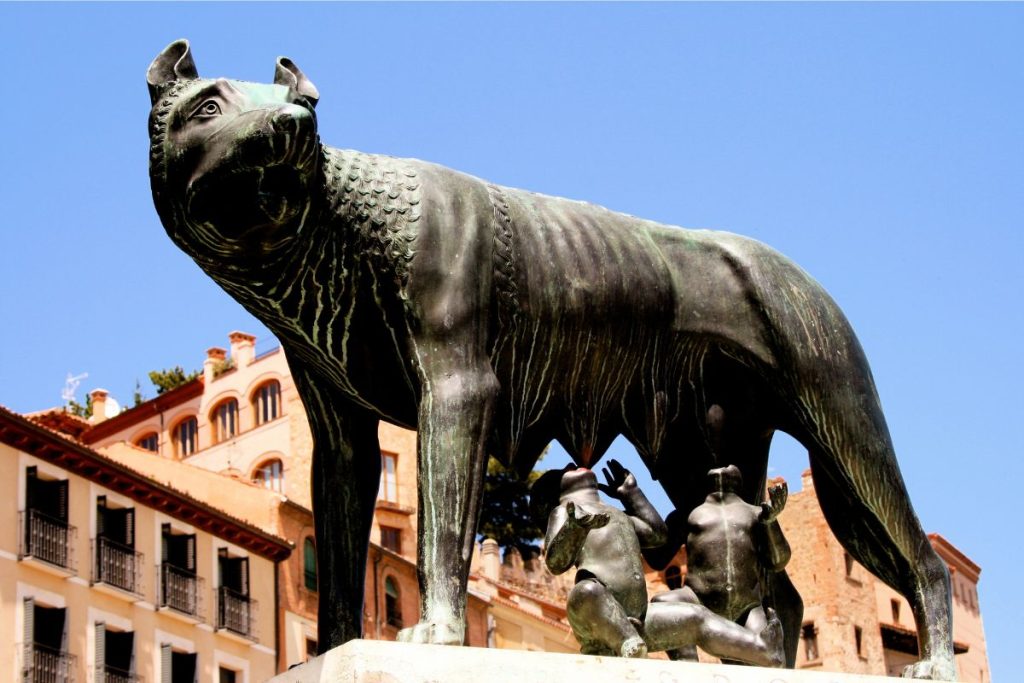
What does SPQR Mean in Rome?
SPQR is short for Senatus Populusque Romanu, meaning the Senate and the People of Rome. This is used on ancient monuments and modern buildings in Rome. It is also inscribed on ancient coins.
The acronym is so common that it can be found anywhere in Rome (be it trashcans or famous architectural structures). SPQR originally stood for Senatus Populus Quirites Romanus. The letters are written on a purple or red flag and surrounded by a wreath. The Aquila (eagle) is seen standing guard over the symbol.
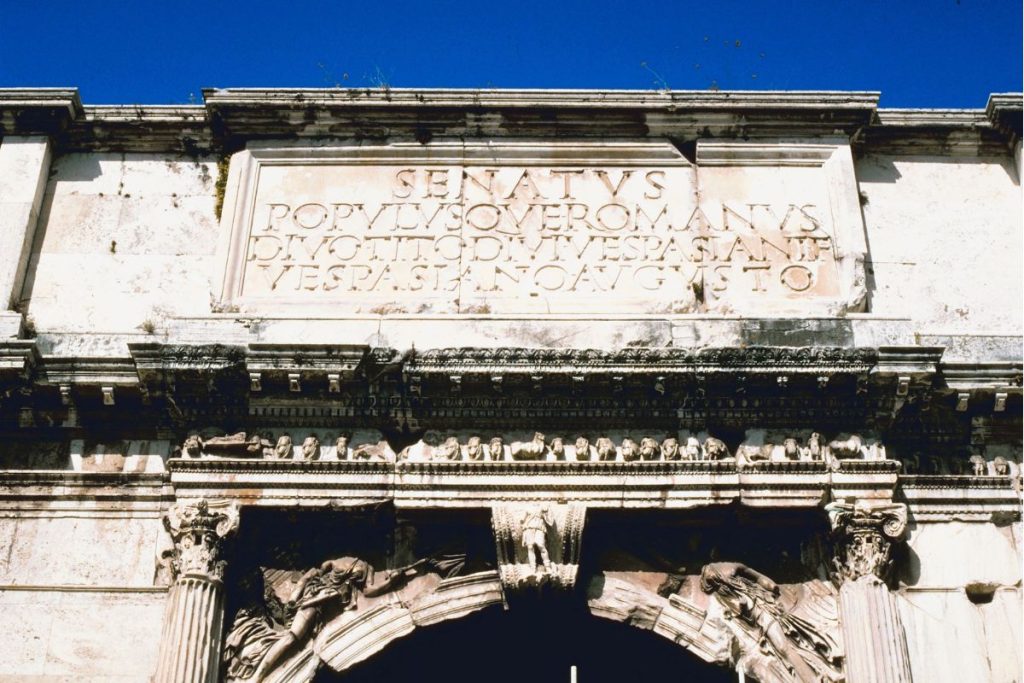
What is the Roman Symbol for Christianity?
The Roman cross is a symbol of Christianity. The Latin version of the Roman cross is most commonly used to represent Christianity, especially the Crucifixion of Christ.
The anchor is another Roman symbol used in Christianity. The anchor was engraved on Roman catacombs and represented safety. The Christians adopted this symbol to denote Christ as an anchor for the soul in life and the afterlife.
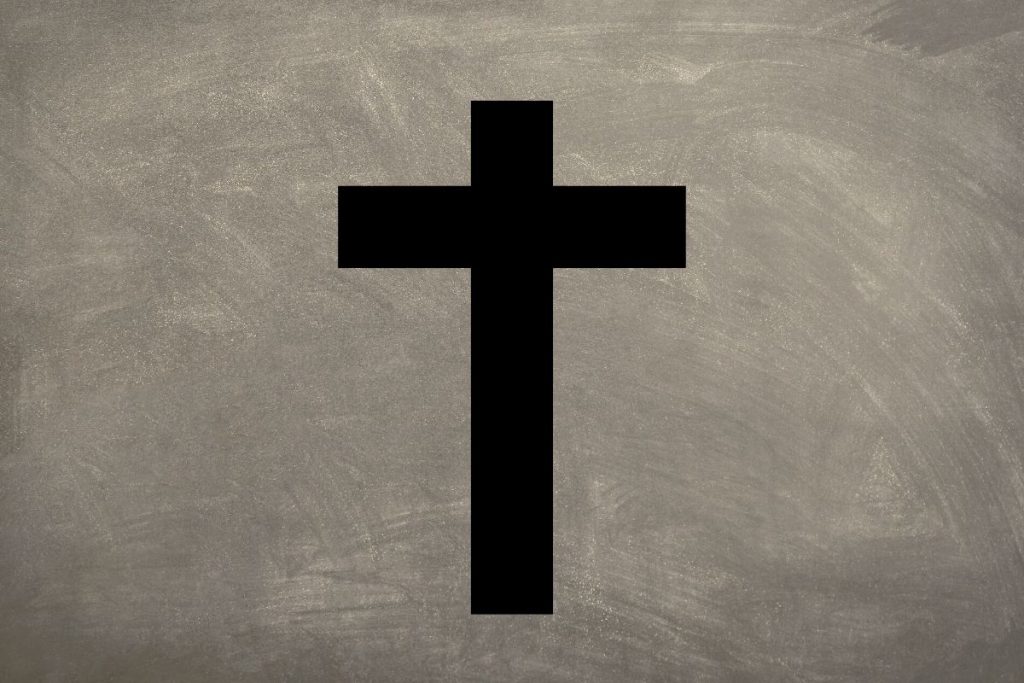
Other Roman Symbols
The Globe
The globe is a Roman symbol that now has global significance. Roman Gods like Jupiter are often depicted with a globe in their hands. It symbolized the power gods had over the land and mere mortals.
Some Roman emperors are also seen holding a globe in their hands as a sign of power and authority. Ancient Roman coins also have the globe inscribed on them.

The Asclepius Rod
The Asclepius Rod is a famous symbol in Rome and Greece. The symbol is a snake wrapped around a rod and represents the Greek god, Asclepius. Since Asclepius was the god of medicine and healing, the symbol is used even today in the pharmaceutical and medical fields. The Asclepius Rod reached Rome from the Balkans through the Etruscan civilization (predating Rome).
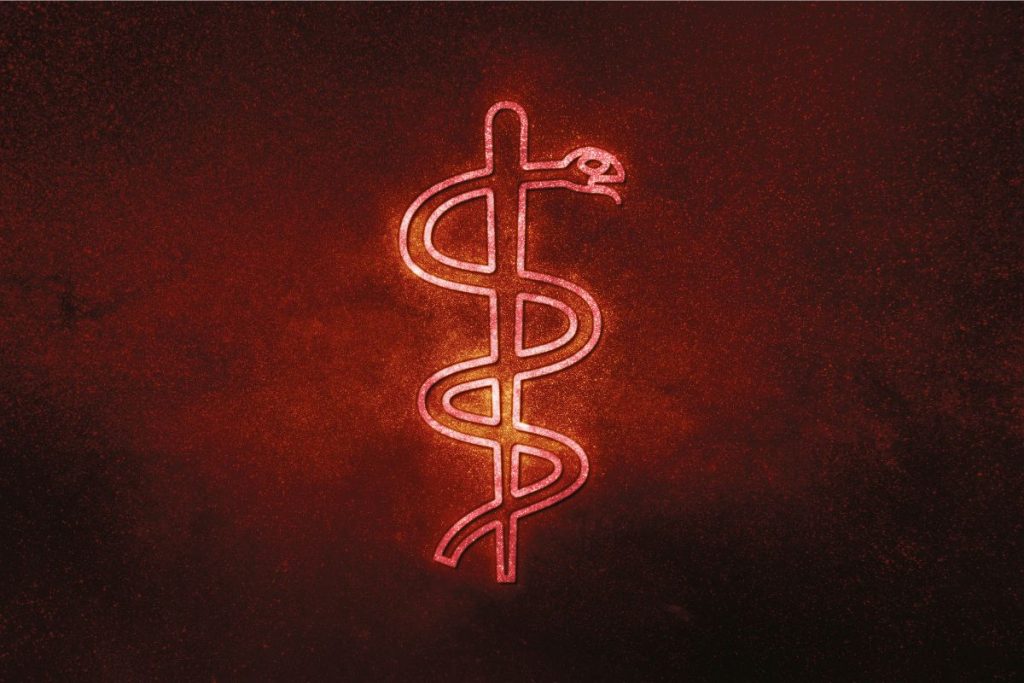
The Fasces
The Fasces is a real-world symbol representing unity and authority. It is a bundle of rods tied around an axe and presented to public representatives to symbolize their power to rule the region. Unfortunately, Mussolini’s use of the symbol gave it a negative meaning.
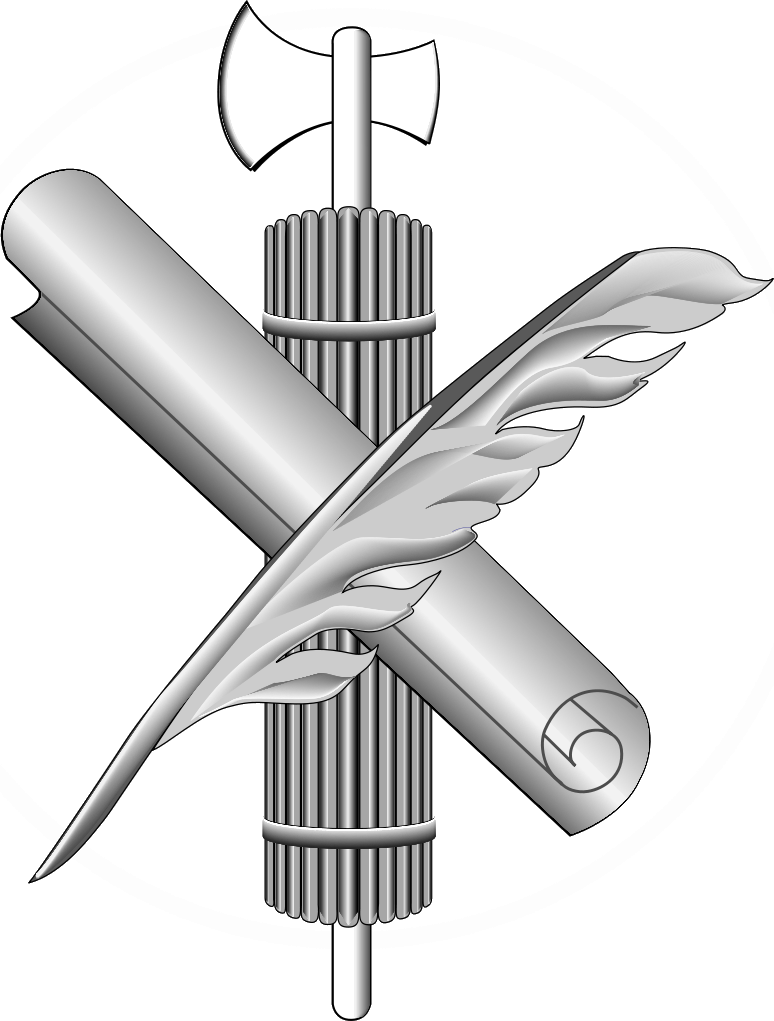
The Draco
The Draco is a unique Roman military symbol like Aquila. The Romans used it in military banners to identify troops and organize them during the wars. A square cloth was woven as a serpent or dragon. It was tied to a pole and carried by the Roman cavalry. The Draco showed intimidation.
However, Romans likely adopted the symbol from ancient Dacians (modern-day Romania) after defeating them in a war.

Chi Rho
Chi Rho is another popular Roman symbol made famous by Roman Emperor Constantine I. Chi Rho is also one of the first Christograms created by combining Greeks alphabets Chi (X) and Rho (P), taken from the Greek word ΧΡΙΣΤΟΣ, Christos.
Constantine, I used the Chi Rho as a military symbol. It was found in the shields used by soldiers in his army. The symbol is a sign of protection by god and victory over opponents.
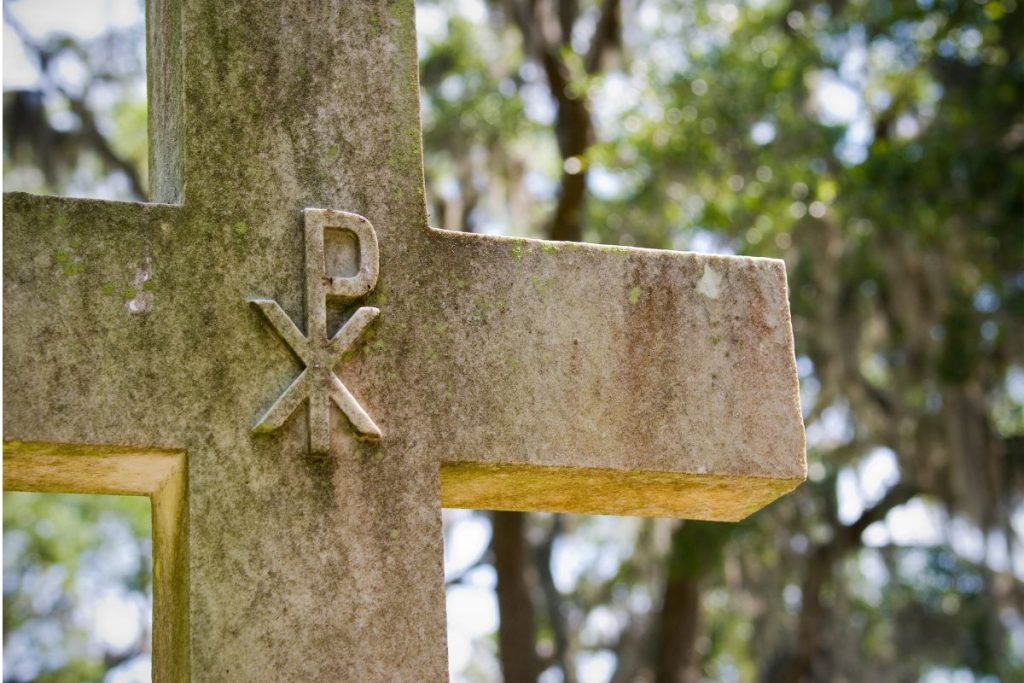
Ancient Roman symbols continue to be in use around the world. You can find them on monuments, decorative items, tattoos, jewelry, T-shirts, etc.

